A River Also Runs Through It: Poisar
- SEA Content Committee
- Oct 26, 2017
- 2 min read

SEA Design Studio, Semester 5Faculty Team: Ravindra Punde, Dipti Bhaindarkar, Suprio Bhattacharjee, Faizan Khatri, Gauri Satam.
As the landscape that has now become speculative and an object of greed, it is often difficult to remind oneself that the city of Mumbai rests on a ground shaped by the actions of water and the earth over millennia. Human occupation has made its presence felt along its generous coastline since pre-historic times, and the numerous rock-cut architectures within the city point towards a place that has been occupied for ritual and reverence – and this is witnessed along the rivers in the cities as well – or what remains of them today.
These rivers are concentrated in the region defined by what used to be Salsette Island – which today forms the high ground occupied by the Sanjay Gandhi National Park leading down to the creeks towards the west and the east. The foothills led to vast floodplains and estuaries along which one still finds remnants of communities formed centuries ago. These became nerve centers from where the city began to expand – mirroring the growth of most cities across the world – a set of slowly expanding ‘villages’ that were slowly superimposed by the engineered infrastructures of the British.
Post-independence developments and the expanding city meant an increase in the appropriation of land for purposes other than community living and working. Along and in the vicinity of the Poisar River for instance, Film City, the Mahindra Factory and the Charkop Industrial Area began to take root – often impinging upon the rivers and their floodplains. The inter-tidal zones and the aforementioned floodplains essentially allowed for questionable and mostly para-legal forms of occupation – and it is these zones that sees today the densest populations within the city, as well as the ones repeatedly affected by the rise in water levels of the river’s former floodplains during the monsoons. This has led to increasing socio-economic aggravation for the non-elite and the urban poor where the waters are seen as enemy and not friend – far removed from historical ways of seeing and engaging with water – pronounced by ill-devised administrative measures that favour gated communities, segregated planning, the automobile and high-visibility ‘glitzy’ town planning – not to mention the systematic killing of the river by our ‘city fathers’ by turning it into a concrete drain.
In this context, students were asked to re-envision a probable future relationship with the river and its landscape – and in effect suggest however one can turn the city back towards the river again whilst reclaiming the river’s landscape and its ability to hold water – the act of which will not only reaffirm the presence of landscape within the city, but also reinstate the river’s prime role in shaping communities, economy, social bonds and most importantly, the experience of living, working, and growing up in a city set within a riverine landscape.
The studio project culminated with a eminent group of respondents, Prof. Neelkanth Chhaya, Prof. Vidya Raghu, and Prof. Savita Punde. Each project was reviewed to extract its potentialities and larger ideas to address the issues of the time.
Design Responses by students:
Ankita Dhal:
Swaraj Dhuri
Shravani Mestry:

Devesh Uniyal:
Discussing with experts:




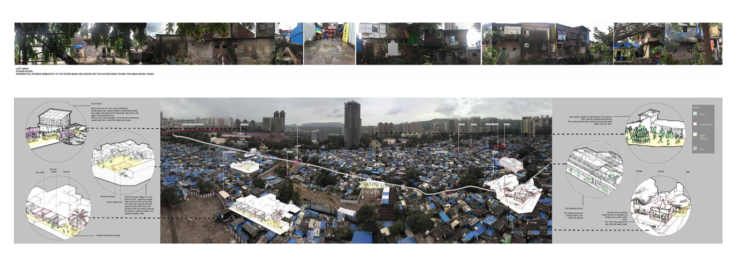

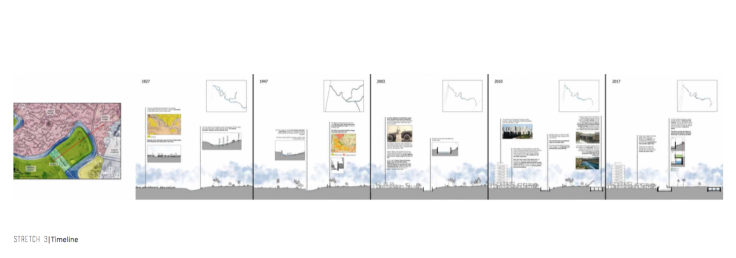

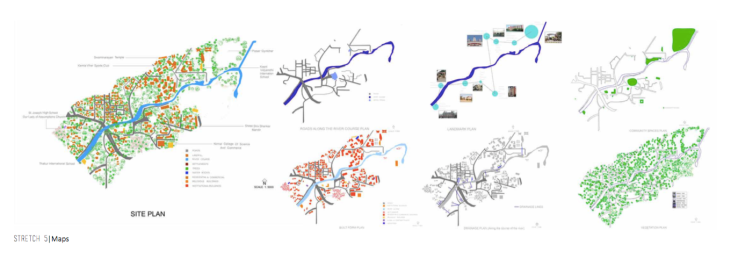

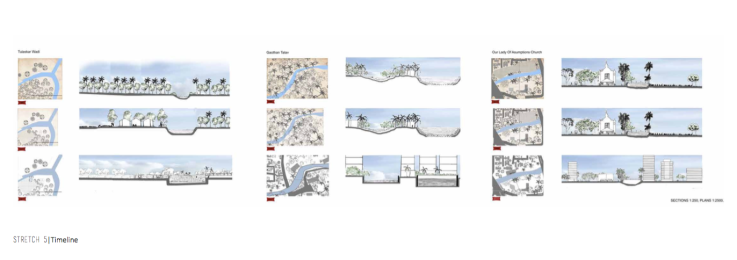

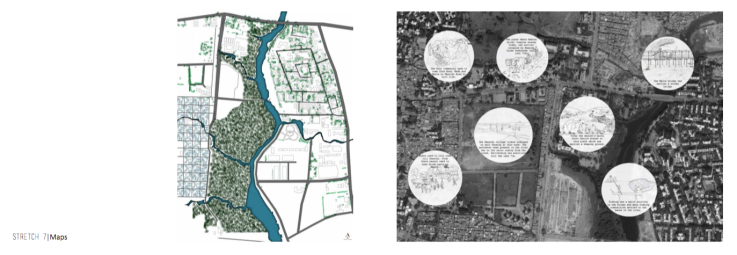





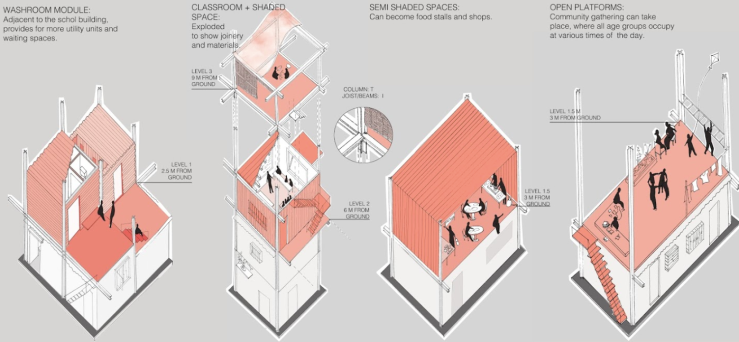







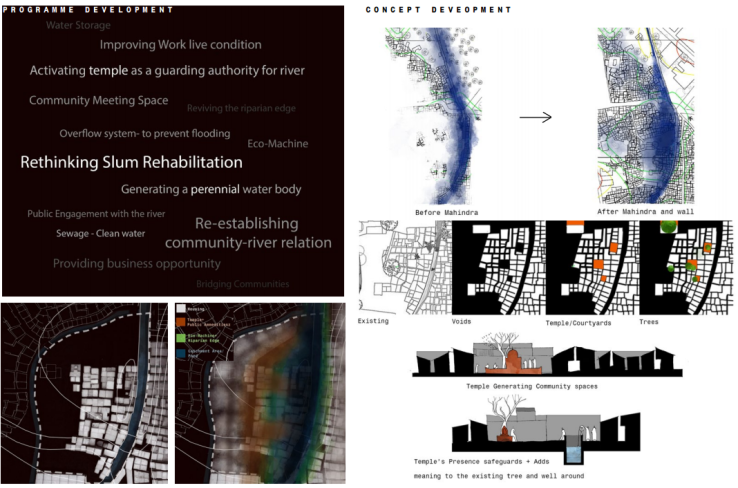





Comments